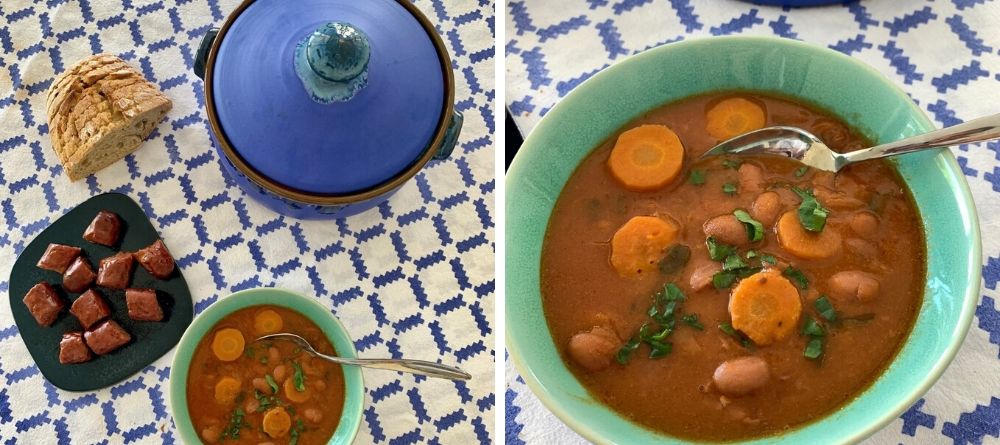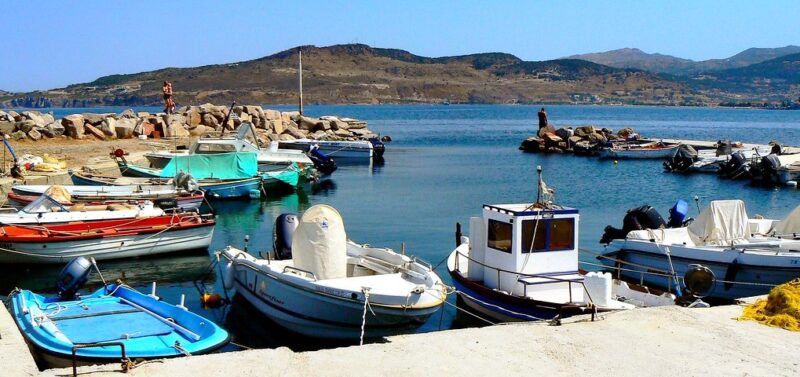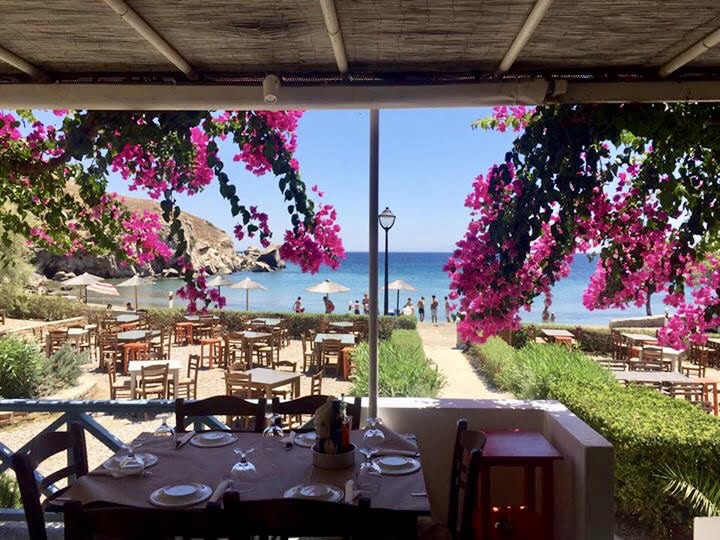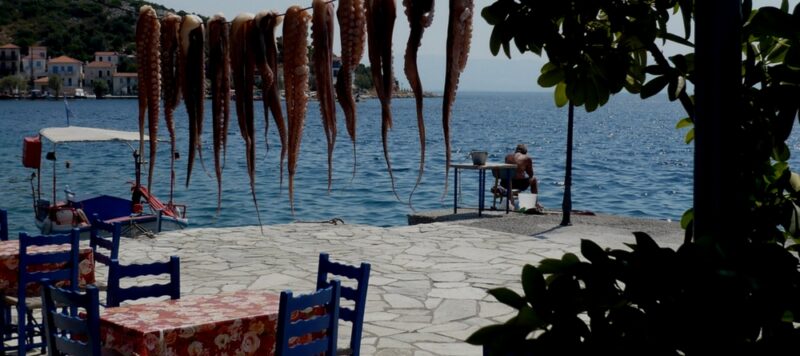Fasolada is often considered by the Greeks themselves as THE Greek national dish. Indeed, the pulses of which it is composed are used as a base in the Greek cuisine. This simple and hearty dish is well balanced and much appreciated.
Evi gives us the recipe for the fasolada.
Origin of the fasolada
The basic ingredient of this recipe is the Prespes bean. He comes from a little known region. At the end of the country, in the county of Florina, where Greece meets Albania and FYROM (with such a disputed name), in a small forgotten corner of paradise, are the Prespes lakes. The big and the small Prespa.
The area is declared a national park and is one of the main places for bird watching in Greece. The lakes are also the land of pulses:
fassolia
(white beans) and
gigantic elephants
(giant beans), the best in Greece. Their cultivation began here by chance, the proximity of the lakes facilitating the irrigation of the fields. It happened that the climate and the land of the region were particularly favourable. The quality of these vegetables was therefore exceptional.
Today the beans and the giant beans of Prespes benefit from a Protected Geographical Designation. They are the basis for a good Fasolada.
Ingredients for 6 to 8 people
- 500g of white beans from Prespes
- 2 onions, finely chopped
- 3 tablespoons chopped celery leaves
- 3 carrots, sliced 5mm thick
- 350gr tomato coulis or the flesh of 4 tomatoes, peeled, seeded and chopped
- 1 tablespoon of tomato paste
- 10cl of olive oil
- 1 teaspoon of sweet pepper
- Salt (at the end of cooking only)
- Ground pepper
Recipe of the fasolada
Rinse the beans in cold water, drain them and put them in a large pot with 1.5lt of cold water.
Then add all the ingredients at the same time. Cover and cook over low heat until beans are melted. It will take about 1h30.
Finally, add the salt, and give one or two more broths. Then let stand for at least an hour before serving.
The fasolada soup is even better the next day. It can be served with a village sausage cut into pieces and grilled in a pan, or with anchovy fillets and good country bread.
If you like spicy flavors, do as my grandfather did, add a small chopped pepper to the plate and serve it with a good Macedonian wine, from the “xinomavro” grape.

*****
Thanks to Evi Siougari-Parmantier for this delicious recipe




